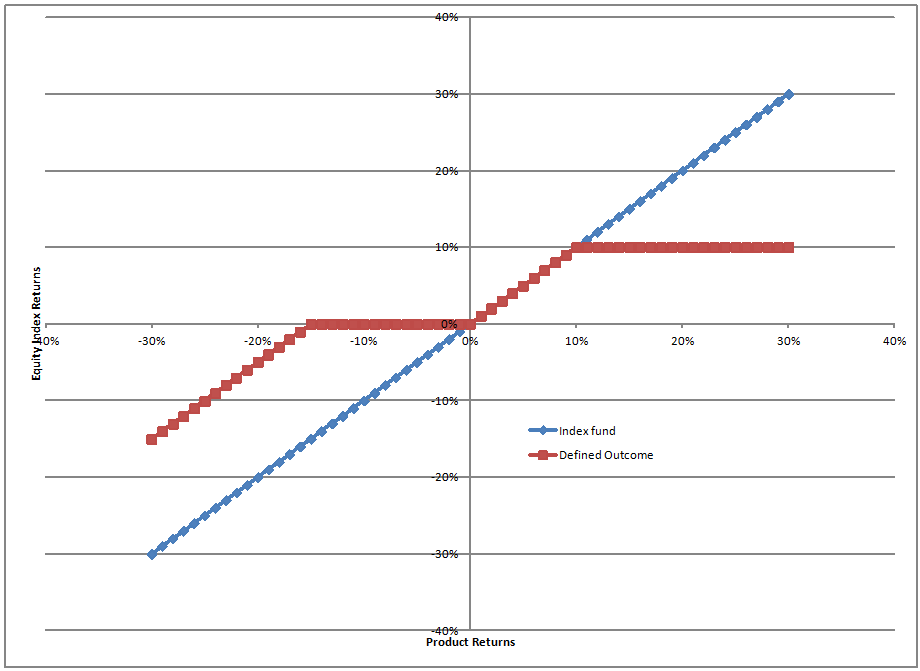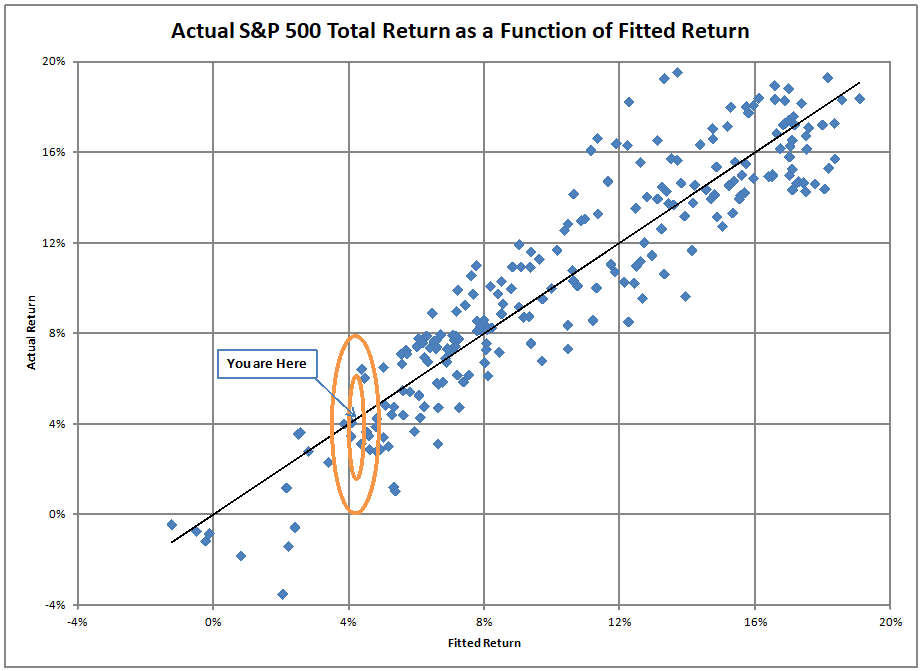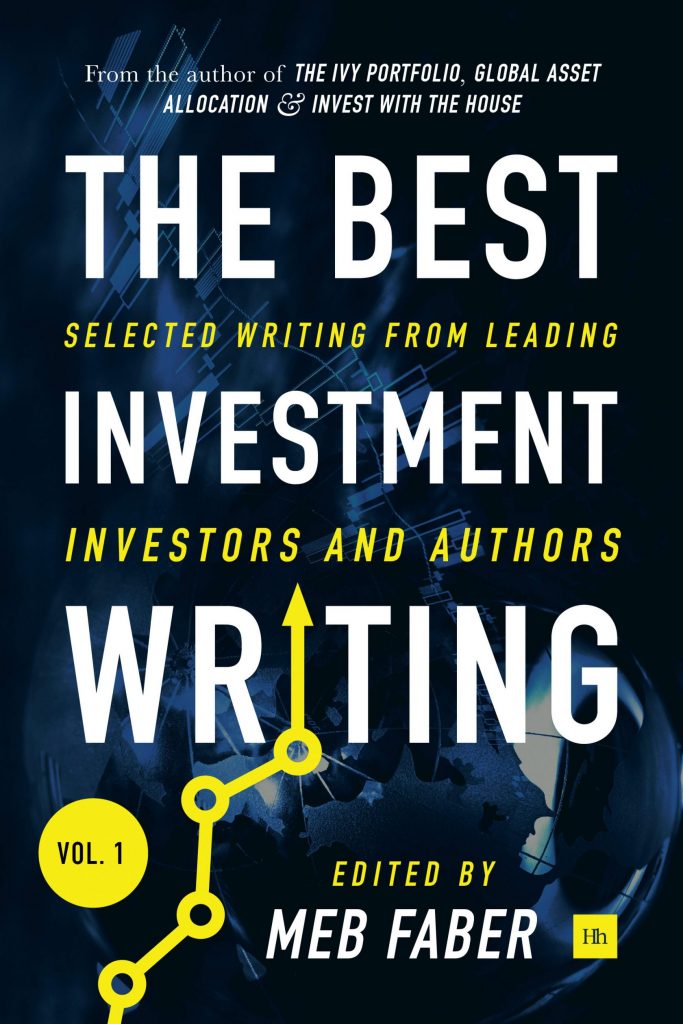Limits
Photo Credit: David Lofink || Most things in life have limits, the challenge is knowing where they are
I was at a conference a month ago, and I found myself disagreeing with a presenter who worked for a second tier ETF provider. The topic was something like “Ten trends in asset management for the next ten years.” The thought that ran through my mind was “Every existing trendy idea will continue. These ideas never run into resistance or capacity limits. If some is good, more is better. Typical linear thinking.”
Most permanent trends follow a logistic curve. Some people call it an S-curve. As a trend progresses, there are more people who see the trend, but fewer new people to hop onto the trend. It looks like exponential growth initially, but stops because as Alexander the Great said, “There are no more worlds left to conquer.”
Even then, not every trend goes as far as promoters would think, and sometimes trends reverse. Not everyone cares for a given investment idea, product or service. Some give it up after they have tried it.
These are reasons why I wrote the Problems with Constant Compound Interest series. No tree grows to the sky. Time and chance happen to all men. Thousand year floods happen every 50 years or so, and in clumps. We know a lot less than we think we do when it comes to quantitative finance. Without a doubt, the math is correct — trouble is, it applies to a world a lot more boring than this one.
I have said that the ES portion of ESG is a fad. Yet, it has seemingly been well-accepted, and has supposedly provided excess returns. Some of the historical returns may just be backtest bias. But the realized returns could stem from the voting machine aspect of the market. Those getting there first following ESG analyses pushed up prices. The weighing machine comes later, and if the cash flow yields are insufficient, the excess returns will vaporize.
In this environment, I see three very potent limits that affect the markets. The first one is negative interest rates. There is no good evidence that negative interest rates stimulate economic growth. Ask those in nations with negative interest rates how much it has helped their stock markets. Negative interest rates help the most creditworthy (who don’t borrow much), and governments (which are known for reducing the marginal productivity of capital).
It is more likely that negative rates lead people to save more because they won’t earn anything on their money — ergo, saving acts in an ancient mold — it’s just storage, as I said on my piece On Negative Interest Rates.
Negative interest rates are a good example of what happens you ignore limits — it doesn’t lead to prosperity. It inhibits capital formation.
Another limit is that stock prices have a harder time climbing as they draw closer to the boundary where they discount zero returns for the next ten years. That level for the S&P 500 is around 3840 at present. To match the all time low for future returns, that level would be 4250 at present.
Here’s another few limits to consider. We have a record amount of debt rated BBB. We also have a record amount of debt rated below BBB. Nonfinancial corporations have been the biggest borrowers as far as private entities go since the financial crisis. In 2008, nonfinancial corporations were one of the few areas of strength that the bond markets had.
One rule of thumb that bond managers use if they are unconstrained is that the area of the bond market that will have the worst returns is the one that has grown the most during the most recent bull part of the cycle. To the extent that it is possible, I think it is wise to upgrade corporate creditworthiness now… and that applies to bonds AND stocks.
Of course, the other place where the debt has grown is governments. The financial crisis led them to substitute public for private debt in an effort to stimulate their economies. The question that I wonder about, and still do not have a good answer for is what will happen in a fiat money world to overleveraged governments.
Everything depends on the policies that they pursue. Will the deflate — favoring the rich, or inflate, favoring the poor? No one knows for sure, though the odds should favor the rich over the poor. There is the unfounded bias that the Fed botched it in the Great Depression, but that is the bias of the poor versus the rich. The rich want to see the debt claims honored, and don’t care what happens to anyone else. The Fed did what the rich wanted in the Great Depression. Should you expect anything different now? I don’t.
As such, the limits of government stimulus are becoming evident. The economic recovery since the financial crisis is long and shallow. The rich benefit a lot, and wages hardly rise. Additional debt does not benefit the economy much at all. We should be skeptical of politicians who want to borrow more, which means all of them.
One of the greatest limits that exists is that of defined benefit pension plans vainly trying to outperform the rate that their risky assets are expected to earn. They are way above the level expected for the next ten years, which is less than 3%. Watch the crisis unfold over the next 15 years.
Finally, consider the continued speculation that shorts equity volatility. You would think that after the disaster that happened in 2018 that shorting volatility would have been abandoned, but no. The short volatility trade is back, bigger and badder than ever. Watch out for when it blows up.
Summary
Be ready for the market decline when it comes. It may begin with a blowout with equity volatility, but continue with a retreat from risky stocks that offer low prospective returns.











